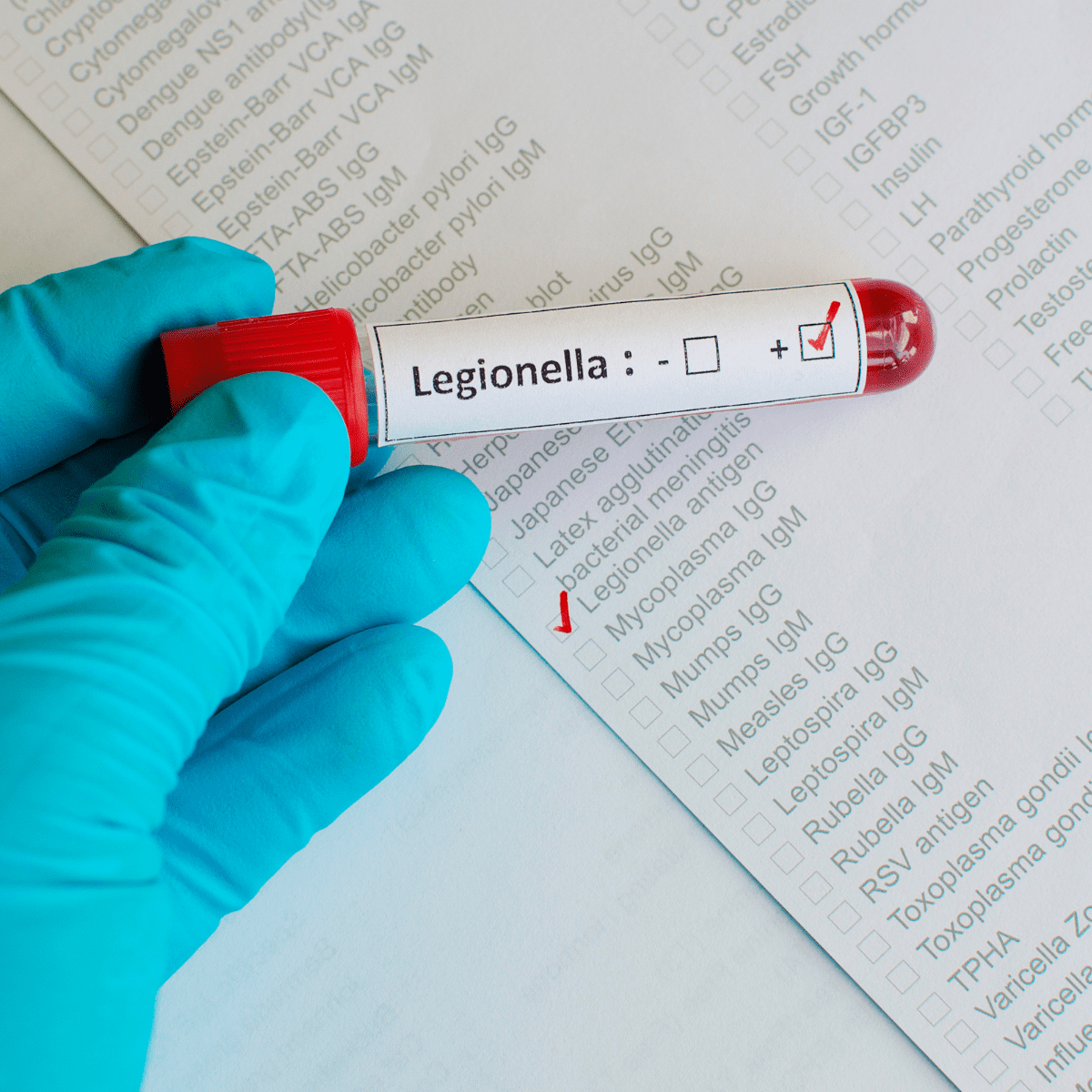The Facts on the New 2022 Water Treatment Standard for Healthcare Facilities
Due to a rise in cases of Legionella during the past several years, government agencies have taken a closer look at how efficiently health care facilities are maintaining their water treatment systems. According to a study conducted by Tufts University School of Medicine, there were more than 617,000 hospitalizations from 1991 to 2006 that were related to three common opportunistic waterborne pathogens: Legionella pneumophila, Mycobacterium avium, and Pseudomonas aeruginosa, which resulted in costs of about $9 billion in Medicare payments – an average of $600 million a year. Between 2000 to 2014, there was a four-fold increase in the number of cases of Legionnaires’ disease. According to the Centers for Disease Control and Prevention (CDC), 85 percent of all Legionnaires’ disease outbreaks were attributed to water system exposures that could have been prevented by effective water management programs (WMPs).
These staggering statistics are what prompted the Centers for Medicare and Medicaid Services (CMS) to take action. On June 2, 2017, CMS released a policy memorandum (Ref: S&C 17-30-Hospitals/ CAHs/NHs) mandating WMPs in all healthcare facilities must reduce Legionella risk. The memorandum was addressed to hospitals, critical access hospitals, and long-term care facilities. However, all healthcare organizations need to be aware of the issue.
In addition, The Joint Commission released a new standard EC.02.05.02 that will go into effect on January 1, 2022. EC.02.05.02 mandates that hospitals and other healthcare facilities must have a water management program in place to handle Legionella and other waterborne pathogens in accordance with any laws or regulations the facility may be subject to.
This blog will help to educate you on the new regulations and their requirements so that you can take the necessary steps to prepare your facility accordingly and remain compliant.
EC.02.05.02 Requirements
One of the main requirements of EC.02.05.02 is the creation of a water treatment plan standard.
This is a program designed to identify hazardous conditions in your water system with regard to Legionella and other waterborne pathogens and then take the necessary steps to address those risks. Some facilities may already have a similar method of doing this, but it may not be up to the new standards.
The new regulations require a specific plan as well as strict documentation of the monitoring and testing results. This was not mandatory in previous standards and requires some extra work to remain compliant. Developing and maintaining a water management program is a multi-step process that requires continuous review. To get started, there are some important measures that need to be taken:
- Facilities must first assign a team to oversee development and maintenance of the plan.
- Goals of the plan must be identified and agreed upon.
- The team must assign a plan manager to oversee implementation and documentation of the plan criteria.
- The team must create a diagram that maps all water sources and control measure for the facility.
- The plan must account for addressing water usage in areas where water may have been stagnant due to construction projects, main water breaks or any other changes in normal activity.
- An evaluation of the patient populations should be performed to identify those who are immune-compromised.
Continuous monitoring of all set protocols and acceptable range for control measures should be completed.
Documentation is Mandatory
One of the biggest changes in the new regulations for water treatment maintenance is the need for documentation. This is not just a best practice—it is mandatory. The plan manager is responsible for ensuring proper documentation of all monitoring results is completed. Documentation of pathogens identified and corrective actions taken is also of the utmost importance. To remain compliant, these steps must be taken on an ongoing basis without any breaks in the scheduled tasks.
But it’s more than documentation. If your water treatment plan spells out specific schedules and routines for maintenance and testing, those steps must in fact take place. This wasn’t always happening uniformly in all healthcare facilities. They had plans in place, but strict adherence to those plans and timetables wasn’t always occurring. The new standard calls for all three to occur – presence of a plan, compliance with your plan, and documentation of the plan’s requirements.
The following resources are available to provide more information on the new regulations:
The Centers for Disease Control and Prevention put out a tool to help with conducting water-related risk assessments, “Water Infection Control Risk Assessment (WICRA) for Healthcare Settings.”
ASHRAE Standard 188-2021, “Legionellosis: Risk Management for Building Water Systems,” which can be purchased and read here to help provide guidance on creating water management plans.
For information on how to control the spread of Legionella, ASHRAE provides additional guidance with, Guideline 12-2020, “Managing the Risk of Legionellosis Associated with Building Water Systems.”
The CDC also provided a resource geared toward helping combat the spread of Legionella in the form of a Legionella toolkit, “Developing a Water Management Program to Reduce Legionella Growth & Spread in Buildings.”
The American Water Works Association (AWWA) developed a decision-making guide for building managers to “Responding to Water Stagnation in Buildings with Reduced or No Water Use.”
Our ChemREADY Advantage
Although there are a lot of new regulations to take in, the good news is that you don’t have to go it alone. You can rely on the chemical expertise and water treatment knowledge of ChemREADY to guide you through every step of the process.
Our water safety and management specialists are highly trained in all of the changing regulations and the specific measures needed to remain compliant. Not every water treatment company can say that. If Legionella testing is not part of your current contract, it could end up costing you more in the long run in the way of fines and other legal fees.
Contact our water treatment specialists to learn more about healthcare facility best practices, chemical treatment protocols and other methods of compliance with the new mandate.

